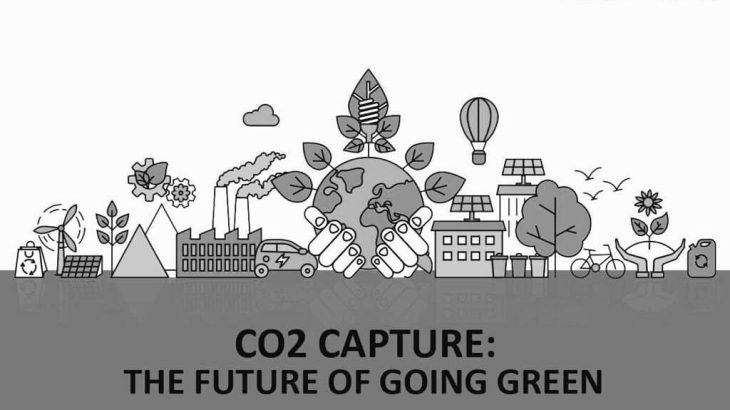Burning of Fossil fuels accounts for nearly 65% of total greenhouse gases emitted, the land use contribution to total emissions, also remains quantitatively significant. Research suggests industrial application of carbon reversal method could be a viable solution to minimize the impact of GHG on the environment and possibly reverse some of the damage already caused. This offers a ray of hope and a large shot in the arm for all the sustainability efforts afoot.
This article explores various alternative ways to minimize/reverse the negative impact of carbon- di-oxide emissions on the environment. Studies have shown that by restoring the health of industrially degraded soil one can not only reduce carbon emissions but actually reverse it. The numbers show anywhere between 1 ton of carbon per hectare per year (Rattan Lal, study Ohio State link) and 9 tons (Richard Teague Texas A&M) depending on a host of factors.
It also helps that engineering stalwarts like Elon Musk and Bill Gates are also putting their weight behind this initiative. In India, a group of students recently created a billboard that absorbs carbon dioxide from air and delivers clean air.
Researchers at Oak Ridge National Labs accidentally developed a catalyst that “essentially reversed” the combustion of ethanol by directly converting carbon dioxide into ethanol. Ethanol is a type of compound found in alcoholic beverages, which is also widely used as an addictive to motor fuel. When an electric voltage is applied to the CO2 dissolved in water, it sets off complicated reactions in the microscopic reaction sites on the catalyst surface and yields ethanol. Researchers have reported a 63% yield recovery.
Then, there are companies, like Carbon Engineering based in Canada, Global Thermostat, based in New York, and Climeworks, based near Zurich, that have devised a way to remove Carbon-dioxide from the atmosphere. Often referred to as negative emissions, the process allows them to remove carbon dioxide from ambient air or other sources and use it profitably in multiple industrial processes or negative emission technologies. Carbon-removal plants can be built anywhere, or everywhere; and they can also be retrofitted to existing facilities.
Others are working towards developing the technology to capture CO2 directly from the atmosphere and to use it in the synthesis of clean transportation fuels and replace crude oil. One power plant in the U.S., the Petra Nova plant, near Houston, uses post-combustion carbon capture on a large scale.
Carbon farms, yet another option, take advantage of the original form of carbon engineering: photosynthesis. Large-scale plantations of a hardy little shrub known as Jatropha curcas or the Barbados nut, in dry, coastal areas, have large roots, that help in carbon binding. A German research team indicated that this shrub could also aid in carbon reversal. An experiment was conducted using models, where researchers projected these 100-square-kilometer plantations in Oman and Mexico’s Sonoran Desert could cause temperatures to fall by more than 1 degree Celsius. This experiment also indicated an increase in precipitation of 11 millimeters per year in Oman and 30 millimeters per year in the Sonoran. Replanting forests is a low-tech form of carbon removal too.
A novel initiative, the Carbon Underground, is connecting academia, businesses, financial markets, governments and the general public to create awareness on the dangers of climate change and how it can be averted through carbon reversal.
It’s certainly cheaper to cut emissions now than to do large-scale carbon removal. But that doesn’t mean we should not explore new ways of making our environment more sustainable. It is never too late to try. Like the adage goes, “The best time to plant a tree was yesterday; the next best is today”. Sustainability is not an individual or a group effort, it involves everyone working together hand in hand to create an environment that is safe and sustainable. Carbon removal gives us a fighting chance for a clean and secure energy future.

